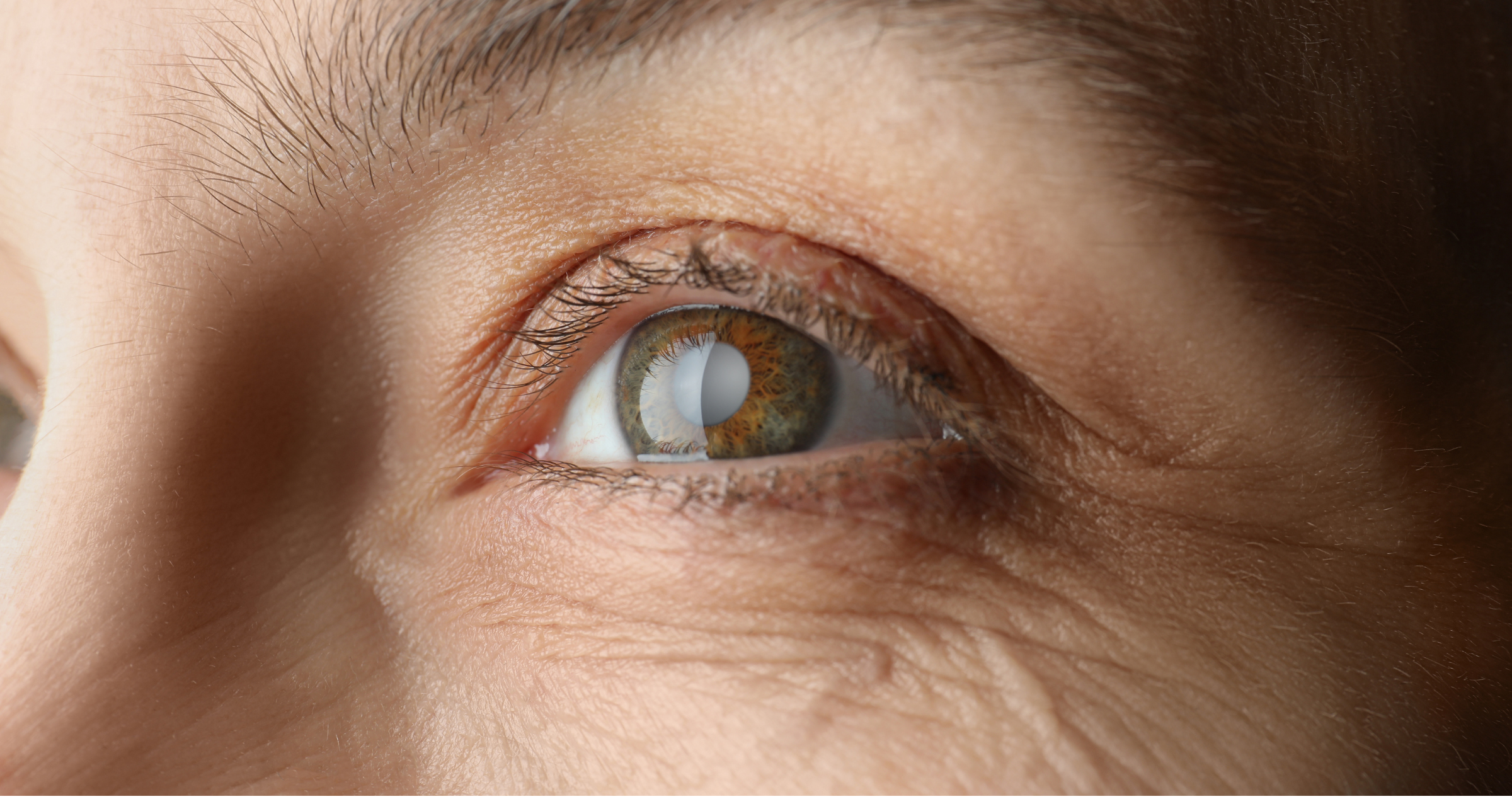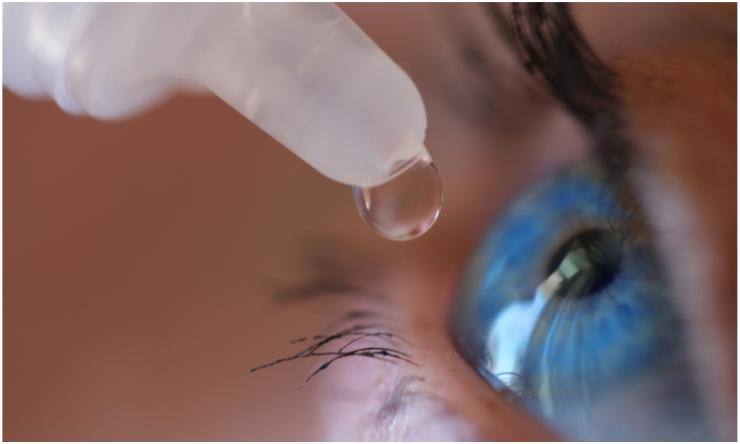Share
In the lead up to World Glaucoma Week (10 – 16 March) Glaucoma Australia launched a new risk awareness campaign targeting people who are at greater risk of developing glaucoma to encourage them to get their eyes tested.

Glaucoma is the leading cause of avoidable blindness in worldwide, affecting over 300,000 Australians1, yet it is estimated that 50% of those living with glaucoma are undiagnosed1.
While nine out of 10 Australians say that sight is their most valued sense2, over 8 million Australians are still not having regular eye tests3.
Glaucoma Australia CEO Annie Gibbins said “We want to dispel the myth that glaucoma only affects the elderly, which is why we are launching this new risk awareness campaign during World Glaucoma Week. We want to encourage anyone at risk of developing glaucoma to get their eyes tested, especially if you have a family history of glaucoma as you are 10 times more likely to develop glaucoma if you have a direct relative with it.”
If you have a family history of glaucoma, are of Asian or African descent or are over 50, you have a higher risk of developing glaucoma4. Other risk factors include diabetes, myopia (nearsighted), prolonged cortisone (steroid) use, migraines, a previous eye injury or eye operation and a history of high or low blood pressure4.
“Glaucoma Australia recommends all Australians 50 years or older visit an optometrist every 2 years for a comprehensive eye exam, and if you have a family history of glaucoma or are of Asian or African descent we recommend you get your eyes checked every 2 years from the age of 40.” Ms Gibbins added.
“Glaucoma is often nicknamed the ‘silent thief of sight’ because people almost never see it coming. There are no early symptoms for the most common form of glaucoma and before you notice anything unusual with your sight significant vision may have already been lost forever” said Glaucoma Australia Optometry Committee Chair, Dr Ben Ashby.
"We want to save people's sight. A standard eye test with your local optometrist can detect glaucoma before you even know there might be a problem. Ensuring you and your family are checked at least every 2 years is the first step towards eliminating glaucoma blindness in Australia" he said.
“Vision loss from glaucoma can be devastating and irreversible. However, early detection and treatment to lower eye pressure can halt glaucoma and save sight for life” added Glaucoma Australia Ophthalmology Committee Chair Dr Simon Skalicky.
Glaucoma Risk Factors
Although anyone may develop glaucoma, some people have a higher risk - they are people who:
- have a family history of glaucoma
- are aged over 50
- are of African or Asian descent
- have diabetes
- have myopia (nearsighted)
- have been on a prolonged course of cortisone (steroid) medication
- experience migraines
- have had an eye operation or eye injury
- who have a history or high or low blood pressure
- Abridged: NHMRC Guidelines, 2010
References
1. Keel S, Xie J, Foreman J, Lee PY, Alwan M, Fahy ET, et al. Prevalence of glaucoma in the Australian National Eye Health Survey. Br J Ophthalmol. 2018; 26 April 2018:10.1136/bjophthalmol-2017-311786.
2. The National Eye Health Survey 2016
3. State of the Nation: Australia and New Zealand Eye Health Report 2018<
4. NHMRC (National Health and Medical Research Council) Guidelines for the screening, prognosis, diagnosis, management and prevention of glaucoma 2010.


